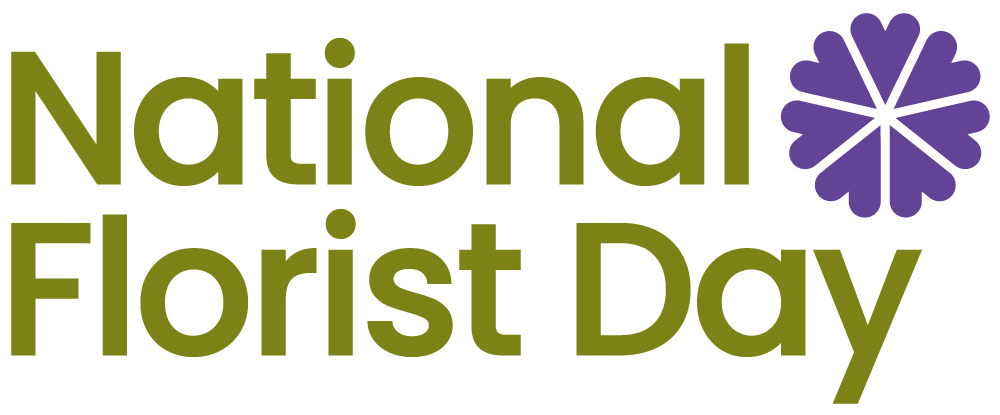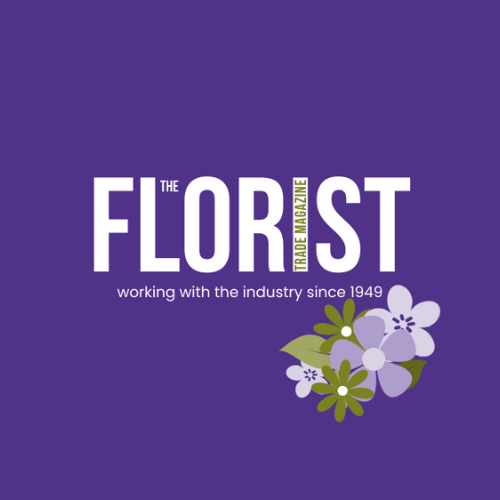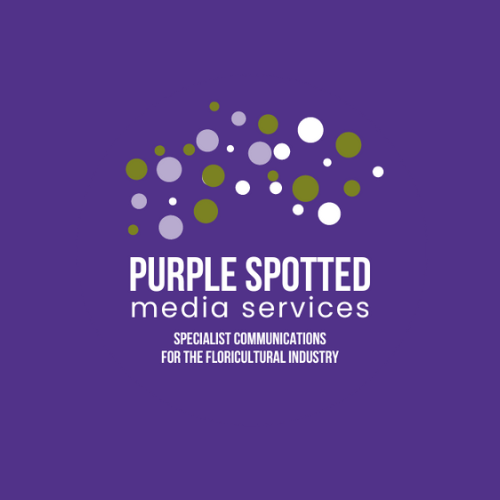Look at the various kitemarks in the flower industry and you could be forgiven for thinking it was some sort of alphabet soup. According to Union Fleurs, the international umbrella organisation for the floricultural trade, there are over 450 different accreditation schemes covering flowers and plants.
In theory wonderful so many people want to create assurances … a complete nightmare for anyone wanting to instantly identify the best source.
Which is why the news that the EU have ratified FloriPEFCR, a standard method for environmental footprint calculations for flowers and plants – and the continued growth of the Floriculture Sustainability Initiative (FSI) embedding the footprint method, is so good to see.
Because this means that not only is the sector being brought together in a cohesive way and the exchange of ideas, information and action is smoother but makes it easier for consumers to be sure they are buying flowers that have been grown and transported in the best way.
Not that this is something new. The Colombian founded Florverde, one of the leading Accreditation Schemes, started a whopping 27 years ago while Kenya’s scheme, run under the Kenyan Flower Council banner, has been operational for well over a decade.
And when the flower industry sets its heart on something it does it. FSI started back in 2013; by 2020 it had achieved its goal of ensuring 90% of the globally traded flowers and plants were from responsible sources and recognised as mainstream sustainable and is raising the bar along the way.
Add in the fact that UK wholesale and supermarket buyers have one of the strictest sourcing policies, and it means consumers can be confident that they are buying flowers that meet stringent standards. In short, a grower that doesn’t comply with the rules will have a devil’s own job finding a buyer for their crop.
FSI currently have 16 Voluntary Sustainable Standards and Schemes they oversee and in terms of what is checked it is everything, categorised under three headings: Good Agricultural Practices (GAP), Environmental and Social.
Which means checking everything from the way the flower is grown in terms of chemical and water use, to the environmental impact the grower makes and the efforts they are making to mitigate any negative impact and the way the workers on the farm are looked after.
Some schemes, like Fairtrade and Rainforest Alliance, focus solely on worker conditions whilst OHAS and USDA concentrate on the growing side. MPS, the certification used extensively in Europe, covers GAP and Environmental but that’s mainly because worker rights are covered under other legislation.
Three schemes however cover everything and means pretty much every imported flower from Ecuador, Kenya and Colombia, the three largest flower producing countries in the world, are certified to the full.
Florverde® Sustainable Flowers Standard, Flor Ecuador V4.0 + Florverde Add on and the Kenya Flower Council Silver Standard.
It isn’t cheap for growers to gain accreditation but with an increasingly conscious buyer – be it wholesaler, florist or consumer – it is something that simply can’t be ignored. In the next five years we should see a cross industry mark … like the FloriPEFCR Footprint on every bunch … the floral equivalent of the Red Tractor.




